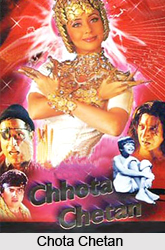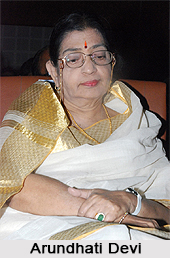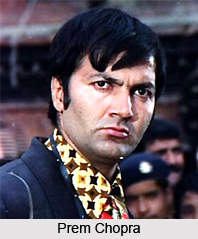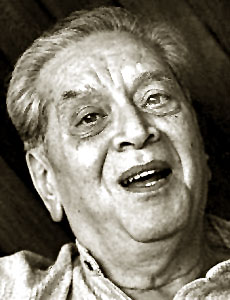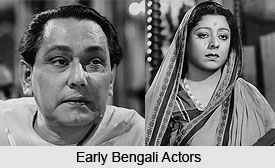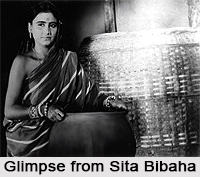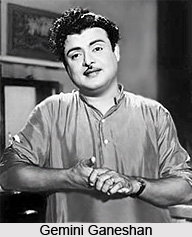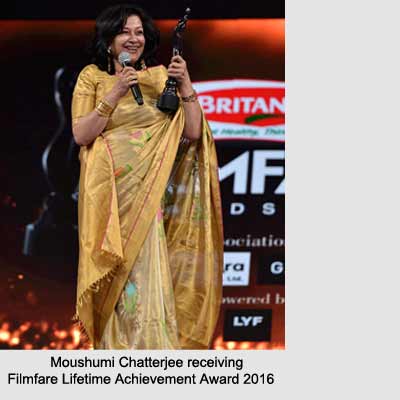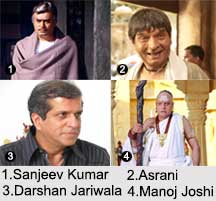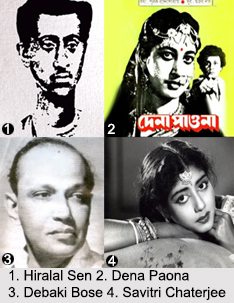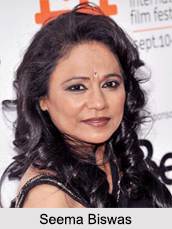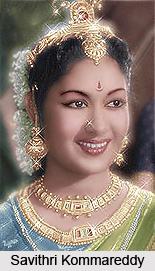 The National Film Awards in India is one of the oldest and most prestigious film fare award ceremony honoring the artists from all over India. It was first established in the year of 1954, administered alongside the "Indian Panaroma" and the "International Film Festival of India" by the Indian Government"s directorate of Film Festivals since the year of 1973. A national panel is appointed every year by the government who are responsible for selecting all the winning entries. The award ceremony is held at Vigyan Bhavan, New Delhi annually where the present President of India distributes the awards.
The National Film Awards in India is one of the oldest and most prestigious film fare award ceremony honoring the artists from all over India. It was first established in the year of 1954, administered alongside the "Indian Panaroma" and the "International Film Festival of India" by the Indian Government"s directorate of Film Festivals since the year of 1973. A national panel is appointed every year by the government who are responsible for selecting all the winning entries. The award ceremony is held at Vigyan Bhavan, New Delhi annually where the present President of India distributes the awards.
History of the National Film Awards
In 1954, the government of India had conceived the ceremony to honor each and every kind of cinema made all across India. It aims to encourage artist and Indian culture and art on a national scale. It is the highest honor and awards for films given in India with a prize money.
Juries of the National Film Awards
The National Film Awards presents two main categories, one is Non-Feature Films and the other is Feature Films. The Directorate of Film Festivals in India appoints the juries. Neither the Directorate nor the Government has any influence over the films that gets selected on the basis of considerations and the ones that ultimately win the awards at the end. These criteria are strict as whether which film is eligible for a consideration by the panels of jury. Every year, over one hundred of films are made across the country those enter two of the categories.
Rules of the National Film Awards
There are a set of rules as any other competition. These are a document of regulations termed as the National Film Award Regulations. It contains many clauses where one such regulation amongst the direct requirement for the filmmakers is that the directors need to have an Indian nationality. The films which enter the competition need to be produced in India. And if there is a case of involvement of any foreign entity, there are six conditions that need to get fulfilled in order to qualify. As per the criteria, a film needs to be certified by the Central Board of Film Certification amongst 1st January and 31st December. Whether a film is non-feature film or feature film, the decision should be taken by the jury of feature film. The list of eligibility also involves a section of regulations that determine which films are eligible to make an entry into the competition.
 Categories of National Film Awards
Categories of National Film Awards
The categories of Awards are divided into three sections; Non-Feature Films, Feature Films and Best Writing on Cinema. Each section consists of individual aims. The feature and non-feature sections of films aim at encouragement for the production of films including aesthetics, technical excellence and social relevance that has the potential to contribute towards the appreciation and understanding of variant cultures of every regions of India in a cinematic form promoting integrity and utility of the nation. The section of Best Writing on Cinema aims at encouraging appreciation and the study of cinema as both dissemination of information, art form and critical appreciation of art form through the publication of different books, reviews, articles, studies and newspaper coverage. Additionally, an award for lifetime achievement is presented known as Dadasaheb Phalke Award named after the father of Indian Cinema Dadasaheb Phalke. The six categories from the section of feature film, two from the section of non-feature films and best writing on cinema sections each makes one eligible for the Swarna Komal or Golden Lotus Award and the rest gets categorized for the Rajat Kamal or Silver Lotus Award.
66th Silver Lotus Award for Best Supporting Actor
The ceremony of 66th National Film Awards took place in 2019 with the aim to honor the best movies of 2018 in the Indian Cinema. The 2019 Indian general election caused a delay in declaration. Swanand Kirkire got the 66th Silver Lotus National Award for Best Supporting Actor for the Marathi Film "Chumbak." He also won the National Film Award for best lyricist more than once. For the first time it was in 2016 for the song "Bande me Tha Dum..Vande Mataram" from the movie "Lage Raho Munna Bhai" and for the second time in 2009 for the song "Behti Hawa Sa Tha Wo" from the movie "3 Idiots." He was earlier nominated for the best lyricist award for the song "Piyu Bole" in the movie "Parineeta" in 2005.
List of awardees for the Silver Lotus Award for Best Supporting Actor
Following are the list of actors who have received this award since the year 1984.
| Year | Best Supporting Actor | Film |
| 1984 | Victor Banerjee | Ghare Baire |
| 1985 | Dipankar Dey | Parama |
| 1986 | Suresh Oberoi | Mirch Masala |
| 1987 | Thilakan | Rithubhedam |
| 1988 | Pankaj Kapur | Raakh |
| 1989 | Nana Patekar | Parinda |
| 1991 | P.L. Narayan | Yagnam |
| 1992 | Sunny Deol</td> | Damini-Lighting |
| 1993 | Paresh Rawal, Veliji | Woh Chokri, Sir |
| 1994 | Nagesh, Ashish Vidyarthi | Nammavar, Drohkaal |
| 1995 | Mithun Chakraborty | Swami Vivekananda |
| 1996 | Nana Patekar | Agni Sakshi |
| 1997 | Prakash Raj | Iruvar |
| 1998 | Manoj Bajpai | Satya |
| 1999 | Atul Kulkarni | Hey Ram |
| 2000 | H.G. Dattatreya | Munnudi |
| 2001 | Atul Kulkarni | Chandni Bar |
| 2002 | Chandrasekhar | Nanba Nanba |
| 2003 | Pankaj Kapur | Maqbool |
| 2004 | Haradhan Bandopadhay | Kraantikal |
| 2005 | Naseeruddin Shah | Iqbal |
| 2006 | Dilip Prabhavalkar | Lage Raho Munna Bhai Shevri |
| 2007 | Darshan Jariwala | Gandhi, My Father |
| 2008 | Arjun Rampal | Rock On |
| 2009 | Farooq Sheikh | Lahore |
| 2010 | Thambi Ramaiah | Mynaa |
| 2011 | Appukutty | Azhagarsamiyin Kuthirai |
| 2012 | Annu Kapoor | Vicky Donor |
| 2013 | Saurabh Shukla | Jolly LLB |
| 2014 | Booby Sinha | Jigarthanda |
| 2015 | Samuthirakani | Visaranai |
| 2016 | Manoj Joshi | Dashkriya |
| 2017 | Farhadh Faasil | Thondimulthalum Driksakshiyum |
| 2018 | Swanand Kirkire | Chumbak |
